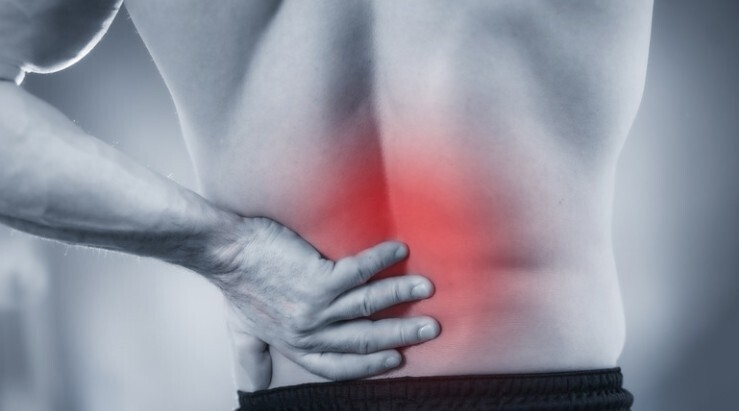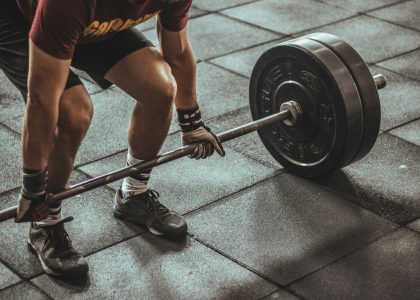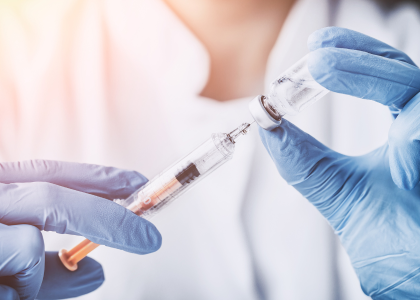Pain in Lower Back on Both Sides
Pain in Lower Back
How to tell the difference between kidney pain and back pain?
Common causes of chronic lower back pain
“Chronic lower back pain is less likely to be caused by injury to your muscles and ligaments and more likely to be due to issues with the lumbar disks, nerves, joints or vertebrae,” says Dr. Palmer. “There are several potential causes of chronic pain in the lower back.”
In general, osteoarthritis (the most common type of arthritis) and degenerative disk disease (the natural wear and tear of spinal disks) are the underlying cause of many types of chronic lower back pain. However, lower back pain can also be caused by accident-related trauma and acute stress.
Low Back Pain Symptoms and Signs
Pain in the lumbosacral area (lower part of the back) is the primary symptom of low back pain.
- The pain may radiate down the front, side, or back of your leg, or it may be confined to the low back.
- The pain may become worse with activity.
- Occasionally, the pain may be worse at night or with prolonged sitting such as on a long car trip.
- You may have numbness or weakness in the part of the leg that receives its nerve supply from a compressed nerve.
- This can cause an inability to plantar flex the foot. This means you would be unable to stand on your toes or bring your foot downward. This occurs when the first sacral nerve is compressed or injured.
- Another example would be the inability to raise your big toe upward. This results when the fifth lumbar nerve is compromised.
Low Back Pain Prevention
The prevention of back pain is, itself, somewhat controversial. It has long been thought that exercise and an all-around healthy lifestyle would prevent back pain. This is not necessarily true. In fact, several studies have found that the wrong type of exercise such as high-impact activities may increase the chance of suffering back pain. Nonetheless, exercise is important for overall health and should not be avoided. Low-impact activities such as swimming, walking, and bicycling can increase overall fitness without straining the low back.
- Specific exercises: Talk to your doctor about how to perform these exercises.
- Abdominal crunches, when performed properly, strengthen abdominal muscles and may decrease the tendency to suffer back pain.
- Although not useful to treat back pain, stretching exercises are helpful in alleviating tight back muscles.
- The pelvic tilt also helps alleviate tight back muscles.
- Lumbar support belts: Workers who frequently perform heavy lifting are often required to wear these belts. There is no proof that these belts prevent back injury. One study even indicated that these belts increased the likelihood of injury.
- Standing: While standing, keep your head up and stomach pulled in. If you are required to stand for long periods of time, you should have a small stool on which to rest one foot at a time. Do not wear high heels.
- Sitting: Chairs of appropriate height for the task at hand with good lumbar support are preferable. To avoid putting stress on the back, chairs should swivel. Automobile seats should also have adequate low-back support. If not, a small pillow or rolled towel behind the lumbar area will provide adequate support.
- Sleeping: Individual needs vary. If the mattress is too soft, many people will experience backaches. The same is true for sleeping on a hard mattress. Trial and error may be required. A piece of plywood between the box spring and mattress will stiffen a soft bed. A thick mattress pad will help soften a mattress that is too hard.
- Lifting: Don’t lift objects that are too heavy for you. If you attempt to lift something, keep your back straight up and down, head up, and lift with your knees. Keep the object close to you, don’t stoop over to lift. Tighten your stomach muscles to keep your back in balance.
Low Back Pain Prognosis
The prognosis for people with acute back pain associated with red flags (described above) depends on the underlying cause of the pain.
- Most people experience an episode of back pain without other health concerns, and their symptoms will go away on their own within a month. For about half, back pain may return.
- A majority of people with sciatica will eventually recover, with or without surgery. The recovery period is much longer than for uncomplicated, acute back pain.
- You can improve your chances of early recovery by staying active and avoiding more than two days of relative bed rest.






